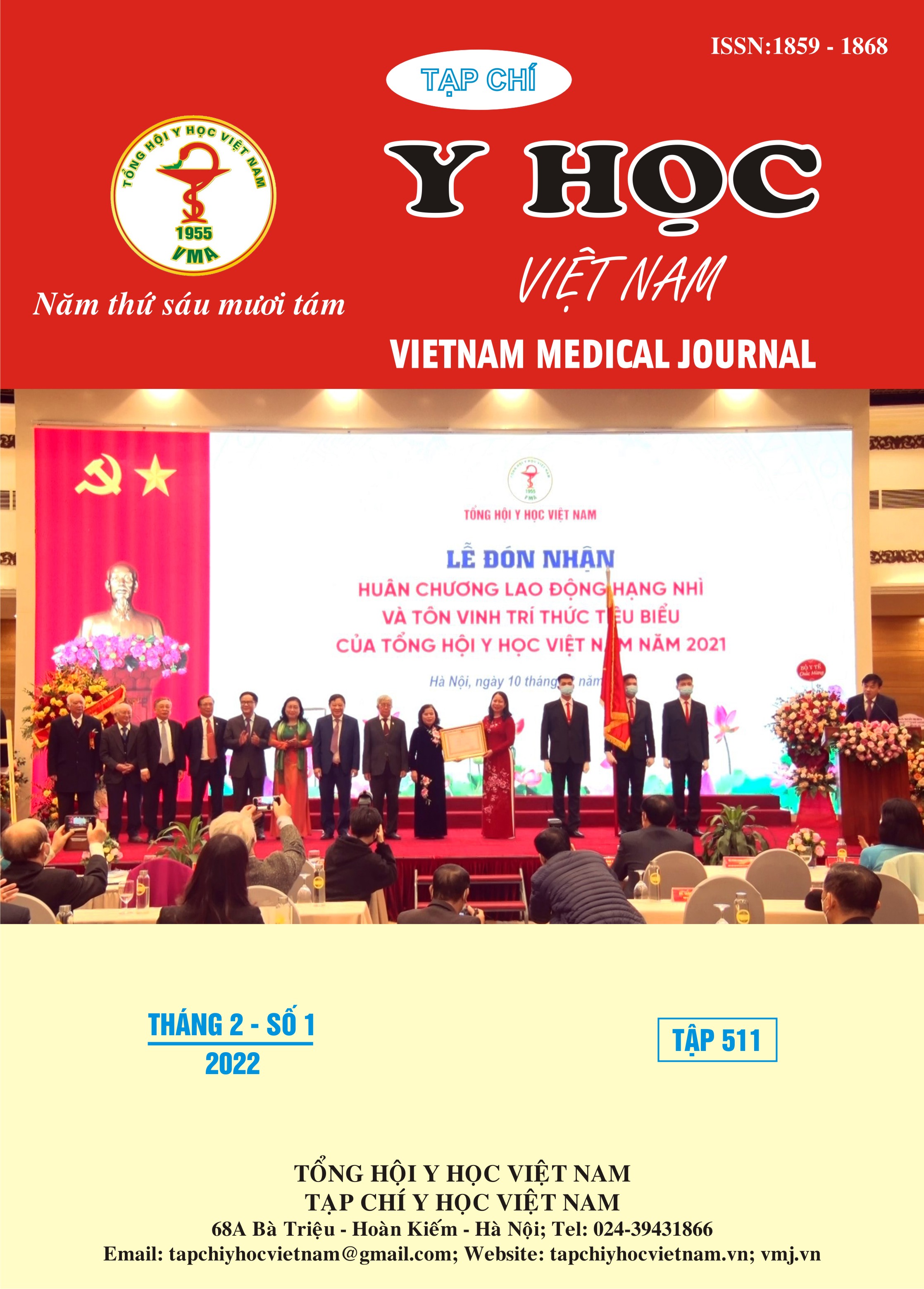EFFECTIVENESS OF CLINICAL PHARMACISTS’ ACTIVITIES AND ANTIMICROBIAL STEWARDSHIP PROGRAM IN THE TREATMENT OF URINARY TRACT INFECTION AT THONG NHAT HOSPITAL
Main Article Content
Abstract
Background: Urinary tract infection (UTI) is one of the most common infections. The rational use of antibiotics in UTI can increase the effectiveness of treatment in patients. Objective: To evaluate the effectiveness of clinical pharmacists’ activities and antimicrobial stewardship program (ASP) in the treatment of patients with UTI. Methods: A before and after, cross – sectional study was conducted on 356 medical records of patients diagnosed with UTI at Department of Urology, Thong Nhat hospital from July 2018 to July 2019 (Stage 1: without pharmacists’ interventions and ASP on antibiotics use) and from September 2019 to September 2020 (Stage 2: with pharmacists’ interventions and ASP on antibiotics use). The primary endpoint was to compare the rate of appropriate antibiotic use between the two periods. The appropriateness of antibiotics was assessed according to ThongNhat Hospital Guideline on Antibiotic Use 2019, the 2013 Guideline of the Vietnam Association of Urology and Nephrology and the 2019 guideline of European Society of Urology and Nephrology. Results: The mean age of patients was 59.7 ± 19.0. The most prescribed antibiotic groups were β - lactams and quinolones. The overall appropriate rate of empiric antimicrobial therapy in stage 2 was significantly higher than that in stage 1 (63.8% vs 52.5%, respectively, p = 0.03). 45.8% pharmacists’ interventions were finally accepted by physicians. Result from multivariate linear regression showed that the intervention of pharmacists and ASP was factor related to shorter length of hospital stay. Conclusion: Antimicrobial stewardship program and clinical pharmacists’ activities helped increase the rational use of antibiotics in treatment of UTI at Thong Nhat hospital.
Article Details
Keywords
Urinary tract infections, antibiotics, ASP, clinical pharmacist
References
2. Bệnh viện Thống Nhất, Hướng dẫn sử dụng kháng sinh, 2019.
3. Hội Tiết Niệu – Thận Học Việt Nam (VUNA) (2013), Hướng dẫn điều trị nhiễm khuẩn đường tiết niệu ở Việt Nam 2013, NXB Y học, Hà Nội.
4. Bonkat G.F., Bruyère T., Geerlings K.S. et al. (2019), "Guidelines on Urological Infections - EAU ", European Association of Urology, p.7-8.
5. Nguyễn Thế Hưng (2016), "Đánh giá kết quả chẩn đoán và điều trị nhiễm khuẩn đường tiết niệu phức tạp tại bệnh viện Chợ Rẫy", Luận án tốt nghiệp Bác sĩ chuyên khoa II, Đại học Y dược Thành phố Hồ Chí Minh, 56.
6. Dolgova S.S., Aznarte-Padial P., Jimenez-Morales A. et al. (2020), "Pharmacist recommendations for carbapenem de-escalation in urinary tract infection within an antimicrobial stewardship program", Journal of Infection and Public Health. 13 (4), 558-563.
7. Velasco A.M., Rubio C.L., Casas M.A. et al. (2010), "Appropriateness of empiric antibiotic therapy in urinary tract infection in emergency room", Rev Clin Esp. 210 (1), 11-16.
8. Kim M., Lloyd A., Condren M. et al. (2015), "Beyond antibiotic selection: concordance with the IDSA guidelines for uncomplicated urinary tract infections", Infection. 43 (1), 89-94.
9. Davey P., Marwick C.A., Scott C.L. et al. (2017), "Interventions to improve antibiotic prescribing practices for hospital inpatients", Cochrane Database of Systematic Reviews (2).


